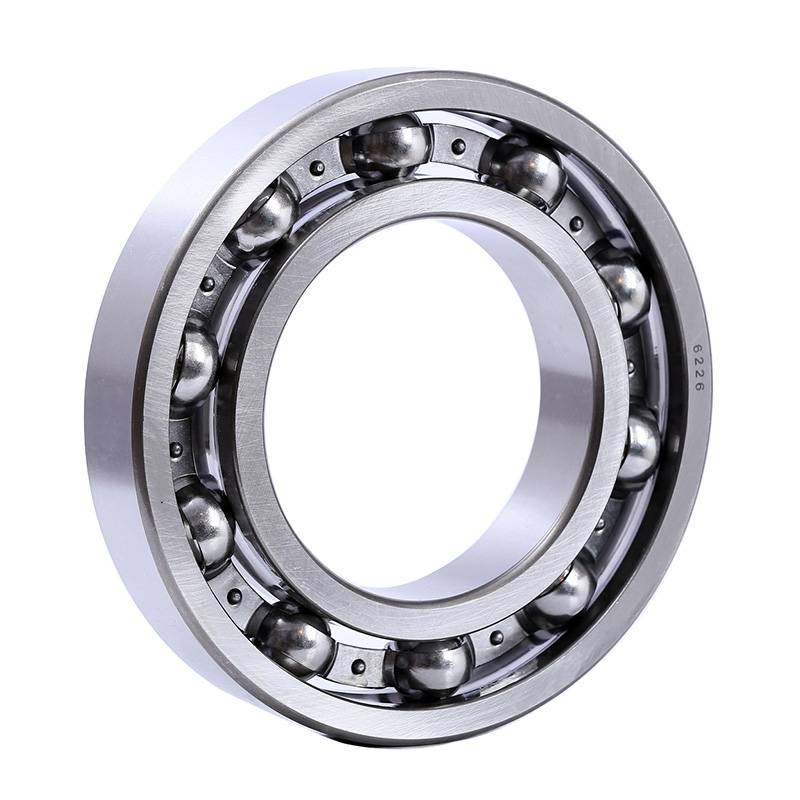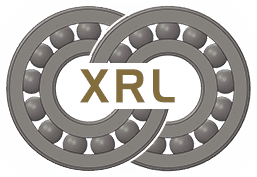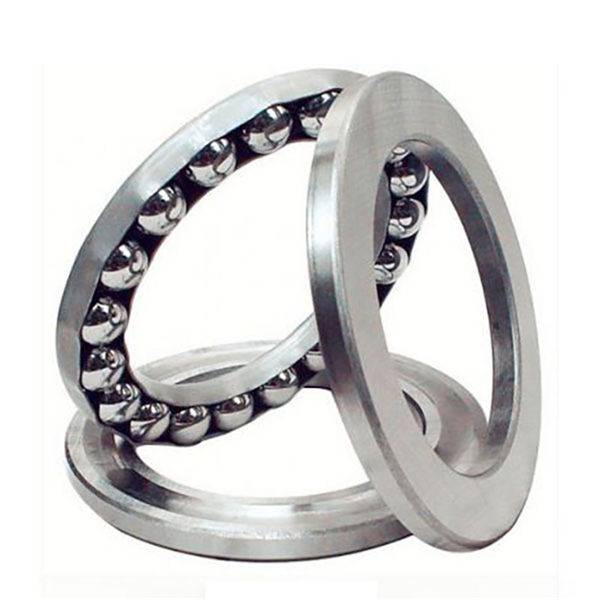Ball bearings are essential components used in countless applications, from household appliances to heavy machinery and automotive systems. Their primary function is to reduce friction between rotating parts and support both radial and axial loads. When it comes to choosing the right ball bearings for a project, cost is often a significant factor. In this article, we will explore the cost considerations of ball bearings, including the factors that influence pricing, different types of ball bearings, and how to find a balance between cost and quality. As a leading manufacturer in the industry, Xinri Bearing aims to provide high-quality bearings at competitive prices to meet the diverse needs of our clients.

Understanding Ball Bearing Costs
The cost of ball bearings can vary widely based on several factors, including material type, bearing design, manufacturing process, and brand reputation. Let’s take a closer look at these elements to understand how they influence pricing:
- Material Type:
- The material used in ball bearings plays a crucial role in determining their cost. Standard ball bearings are typically made of chrome steel or stainless steel. Chrome steel bearings are more affordable but are susceptible to corrosion. Stainless steel bearings, on the other hand, are more expensive due to their resistance to rust and ability to perform in harsh environments. Ceramic bearings, made from materials like silicon nitride, are at the high end of the price spectrum because of their superior performance and durability.
- Bearing Design:
- Different types of ball bearings, such as deep groove ball bearings, angular contact ball bearings, and thrust ball bearings, have varying levels of complexity in their design. The more complex the design, the higher the manufacturing cost. Additionally, some bearings are sealed or shielded to protect against contaminants, adding to the overall price.
- Precision and Tolerance Levels:
- Bearings with higher precision and tighter tolerance levels are generally more expensive. High-precision bearings, often used in applications like robotics or aerospace, are manufactured to exact specifications, ensuring minimal vibration and noise at high speeds.
- Load Capacity and Size:
- Larger bearings or those designed to handle heavier loads typically require more material and engineering, which can increase their cost. For example, industrial-grade bearings capable of supporting significant loads are often more expensive than standard bearings used in household appliances.
- Brand and Supplier:
- The reputation of the manufacturer and the origin of the bearing can also affect its price. Bearings from well-known brands tend to be priced higher due to their established reliability and quality assurance. However, newer manufacturers like Xinri Bearing provide cost-effective alternatives without compromising on quality, making them a valuable option for cost-sensitive projects.

Cost Comparison of Different Types of Ball Bearings
Here’s a general overview of the cost ranges for various types of ball bearings:
- Deep Groove Ball Bearings:
- These are the most common type of ball bearings, used in a wide range of applications due to their versatility and ability to support both radial and axial loads. The cost of standard deep groove ball bearings can range from $1 to $20, depending on size and material. Higher-precision models or those with special coatings may cost significantly more.
- Angular Contact Ball Bearings:
- Designed to handle both radial and axial loads simultaneously, angular contact ball bearings are commonly used in applications like electric motors and pumps. These bearings generally start at $5 and can go up to $50 or more for larger sizes or pairs.
- Thrust Ball Bearings:
- Thrust ball bearings are designed specifically to support axial loads. They are often used in applications with high-speed rotation, such as in machine tools. Prices for thrust ball bearings can range from $10 to $100 or more, depending on the design and load capacity.
- Ceramic Ball Bearings:
- Known for their high temperature resistance and reduced friction, ceramic bearings are used in high-performance applications. Their cost typically starts at around $50 and can exceed $200 due to the advanced materials and precision required in their manufacturing.
- Miniature Ball Bearings:
- Miniature ball bearings, used in small devices like medical instruments or RC vehicles, are relatively affordable, usually costing between $0.50 and $10. However, the price can increase if the bearings are made from high-grade materials or have enhanced performance features.
Industry News: Rising Material Costs Impacting Bearing Prices
The global bearing market has experienced some shifts in pricing due to fluctuations in raw material costs and supply chain disruptions. According to a recent report by Bearing Industry News, the cost of steel, which is a primary material for manufacturing bearings, has seen a sharp increase over the past year. This rise in raw material prices is largely driven by supply shortages and increased demand across various industries. As a result, bearing manufacturers are facing higher production costs, which are being passed down to customers in the form of increased prices.
Another factor impacting bearing prices is the growing emphasis on sustainability and environmental standards. Many manufacturers are investing in eco-friendly production processes and materials, which can lead to higher initial costs but provide long-term benefits in terms of energy efficiency and reduced environmental impact. Xinri Bearing is among the manufacturers who are proactively adopting these sustainable practices while striving to keep prices competitive.
Tips for Choosing the Right Bearing at the Right Cost
When selecting ball bearings for your project, it’s essential to consider both cost and quality. Here are some tips to ensure you make an informed decision:
- Define Your Application Requirements: Understand the specific needs of your application, such as load capacity, speed, and environmental conditions. This will help narrow down the types of bearings that are suitable.
- Compare Prices and Specifications: Look at different suppliers and compare prices for similar specifications. Don’t hesitate to request quotes and additional information to understand what is included in the cost.
- Consider Total Cost of Ownership: While low-cost bearings may seem appealing, consider factors like maintenance, lifespan, and failure risk. A higher upfront investment in quality bearings can lead to lower costs in the long run due to reduced maintenance and replacement needs.
- Consult with Experts: If you are unsure about which bearing to choose, consult with industry experts like Xinri Bearing. Their team can provide valuable insights and recommend the best options based on your specific needs and budget.
Conclusion
Choosing the right ball bearings involves balancing cost and quality to ensure optimal performance and value. By understanding the factors that influence bearing costs and staying informed about industry trends, you can make a more educated decision. Xinri Bearing offers a comprehensive range of high-quality ball bearings at competitive prices, backed by a commitment to excellence and customer satisfaction. With the rising costs in the bearing industry, partnering with a reliable manufacturer like Xinri Bearing ensures you receive the best value for your investment.
Post time: Oct-11-2024


